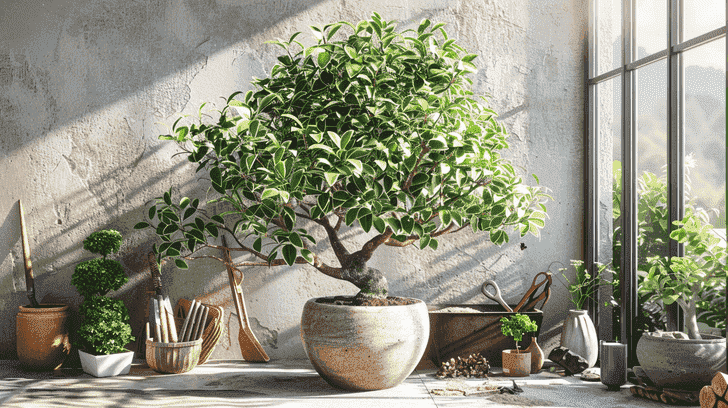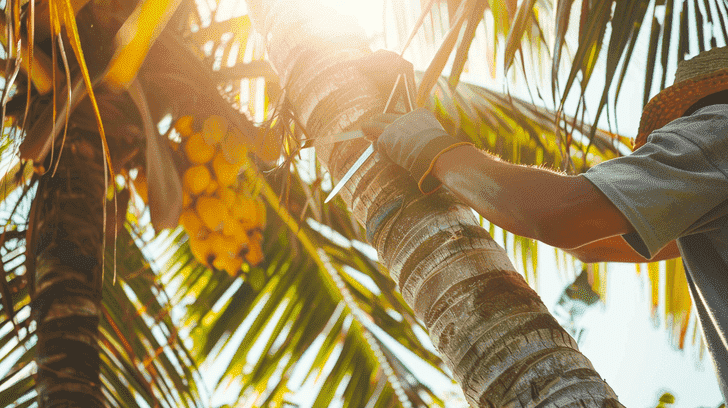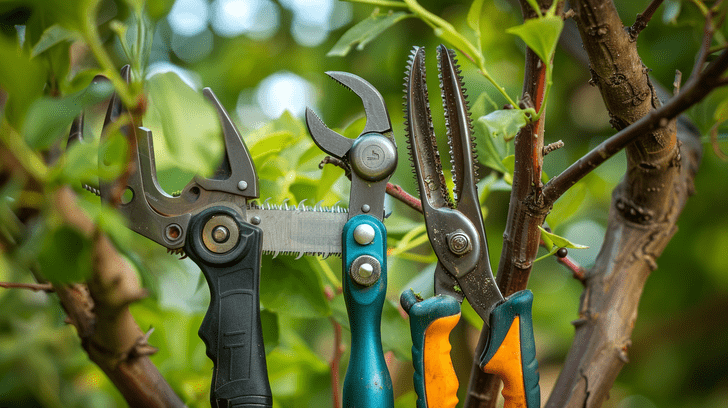How Much Does It Cost to Trim Palm Trees?
You’ll pay between $75 and $1,500 to trim your palm tree, depending on the tree’s size, species, location, and the complexity of the job.
Factors like accessibility, geographical location, and labor complexity also impact the cost.
On average, you can expect to pay around $300 to $450 in states like Florida and California, and around $350 in Texas.
Understanding these costs and what affects them will help you budget for your palm tree trimming needs.
Want to know more about how to save money and make the most of your trimming investment?
Factors Influencing Palm Tree Trimming Costs
When you’re planning to trim your palm trees, it’s important to take into account the factors that influence the cost.
You’ll need to think about the height and type of your palm tree, as well as its accessibility and location.
Additionally, the number of trees and their condition will also impact the overall trimming cost, so it’s vital to factor these elements into your budget.
Tree Height and Type
The height and type of your palm tree have a notable impact on the overall trimming cost.
Taller trees and certain species may require specialized equipment and expertise, which can drive up the price.
For instance, trimming a 30-foot palm tree may cost around $150, while a tree over 80 feet tall could cost upwards of $1,000.
Additionally, different species of palm trees, such as the Areca or Royal Palm, may require specific trimming techniques and equipment, further affecting the cost.
Accessibility and Location
In addition, your palm tree’s location and accessibility greatly influence the trimming cost, as arborists may need to navigate obstacles or use specialized equipment to reach hard-to-access areas, adding to the overall expense.
For instance, trees located near power lines or houses may require additional safety precautions, increasing labor costs. Trees in remote or hard-to-reach areas, such as on steep slopes or in dense forests, may also incur higher costs due to the difficulty of access.
Moreover, geographical location plays a role, as arborists in urban areas may charge more than those in rural areas. The cost breakdown will reflect these factors, including labor costs, clean-up services, and equipment fees.
Be prepared to discuss your palm tree’s location and accessibility with your arborist to get an accurate estimate.
Number of Trees and Condition
How many palm trees do you need to trim, and what’s their overall condition, as these factors greatly impact the total trimming cost?
The number of trees, tree size, and tree type all influence the final bill. For instance, trimming multiple trees at once can lead to discounts, whereas larger or harder-to-reach trees may increase costs.
The health of the tree, including signs of disease or pest infestations, also affects the trimming process and cost. Regular maintenance can help prevent overgrowth, reducing trimming needs and costs.
A tree specialist will assess the tree condition, determining the best approach for trimming and care. By considering these factors, you’ll get a more accurate estimate for your palm tree trimming project.
Average Costs of Palm Tree Trimming by State
Palm tree trimming costs vary greatly across states, with prices ranging from $200 to $1,500 or more, depending on factors like tree size, species, and location.
As you plan to trim your palm trees, it’s crucial to understand the average costs in your state. For instance, in California, the average cost of palm tree trimming is around $450, while in Florida, it’s approximately $300. In Texas, you can expect to pay around $350.
Knowing the state average cost of palm tree trimming helps you budget and find a reputable service provider. Remember to get quotes from multiple arborists to make sure you get the best deal.
DIY vs. Professional Palm Tree Trimming
When it comes to trimming your palm trees, you’re faced with the decision of whether to tackle the job yourself or hire a professional. Understanding the importance of each approach is vital to making sure the job gets done safely and effectively.
Going the DIY route may seem cost-effective, but it can lead to injuries, damages, and even property damage due to lack of training and equipment.
On the other hand, hiring a professional ensures you get the job done efficiently and safely, with benefits like improved tree health, enhanced aesthetics, and compliance with local regulations.
While equipment costs can be high for DIY, professionals have the necessary training and gear to do the job right. Weighing the risks and benefits will help you make an informed decision.
Tips to Reduce Palm Tree Trimming Costs
To minimize expenses, consider implementing regular maintenance schedules, as this proactive approach can prevent overgrowth and reduce the frequency of trimming, ultimately leading to cost savings.
Additionally, scheduling trimming during the off-peak season can result in lower costs.
Obtaining multiple quotes from different arborists allows you to compare pricing and services, ensuring you find the best deal.
Consider bundling tree services for cost efficiency and discuss payment options, discounts, or package deals with service providers.
| Cost-Saving Strategy | Description |
| Regular Maintenance | Prevent overgrowth and reduce trimming frequency |
| Off-Peak Season Trimming | Lower costs during slower seasons |
| Multiple Quotes | Compare pricing and services from different arborists |
| Bundled Services | Combine services for cost efficiency |
Frequently Asked Questions About Palm Tree Trimming
How often should palm trees be trimmed?
You should trim your palm trees at least once a year, but the exact frequency depends on factors like the species, climate, and growth rate of your trees.
Regular trimming is crucial for maintaining the health and appearance of your palms. A well-planned trimming schedule can help prevent diseases and pests, reduce the risk of damage to your property, and comply with local regulations.
Consult with a qualified arborist to determine the ideal trimming frequency for your specific palm trees. They can assess the signs of overgrowth, disease, or pest infestation and create a customized maintenance plan tailored to your trees’ unique needs.
What happens if you don’t trim palm trees?
Failing to trim your palm trees regularly can lead to a multitude of issues, from unsightly overgrowth to serious safety hazards, ultimately affecting not only the tree’s health but also your property’s value and your family’s well-being.
Here are 3 potential consequences of neglecting palm tree trimming:
- Property Damage: Overgrown palm fronds can cause damage to your home, roof, or nearby structures, leading to costly repairs.
- Safety Hazards: Dead or dying palm fronds can fall and cause injuries or accidents, and even spark fires in dry conditions.
- Tree Health: Untrimmed palm trees can become prone to diseases and pests, leading to tree decay and potentially even tree loss.
Regular trimming is essential to maintain your palm trees’ health, aesthetics, and safety. Make sure to hire a reliable service to make sure the job is done efficiently and correctly.
When is the best month to trim palm trees?
When deciding the best time to trim your palm trees, consider that the ideal trimming season varies depending on the palm species, growth patterns, and local climate.
Many palm tree professionals recommend trimming during the spring and summer months when the trees are actively growing. These seasons allow for healthy regrowth and minimize the risk of disease or pest infestations.
Trimming during the spring helps maintain a neat appearance, while summer trimming promotes healthy growth.
Avoid trimming during the fall or winter, as this can cause stress to the tree. Consider factors like weather, tree health, and pest activity when scheduling your tree trimming.
Conclusion
As you stand beneath your palm tree’s majestic canopy, armed with the knowledge of trimming costs, you’re ready to prune the uncertainty away.
With every snip, you’ll be trimming away doubts, shaping your budget, and nurturing your tree’s beauty.
Just as a well-pruned palm tree flourishes, your informed decisions will yield a harvest of savings and a landscape that blooms with confidence.







